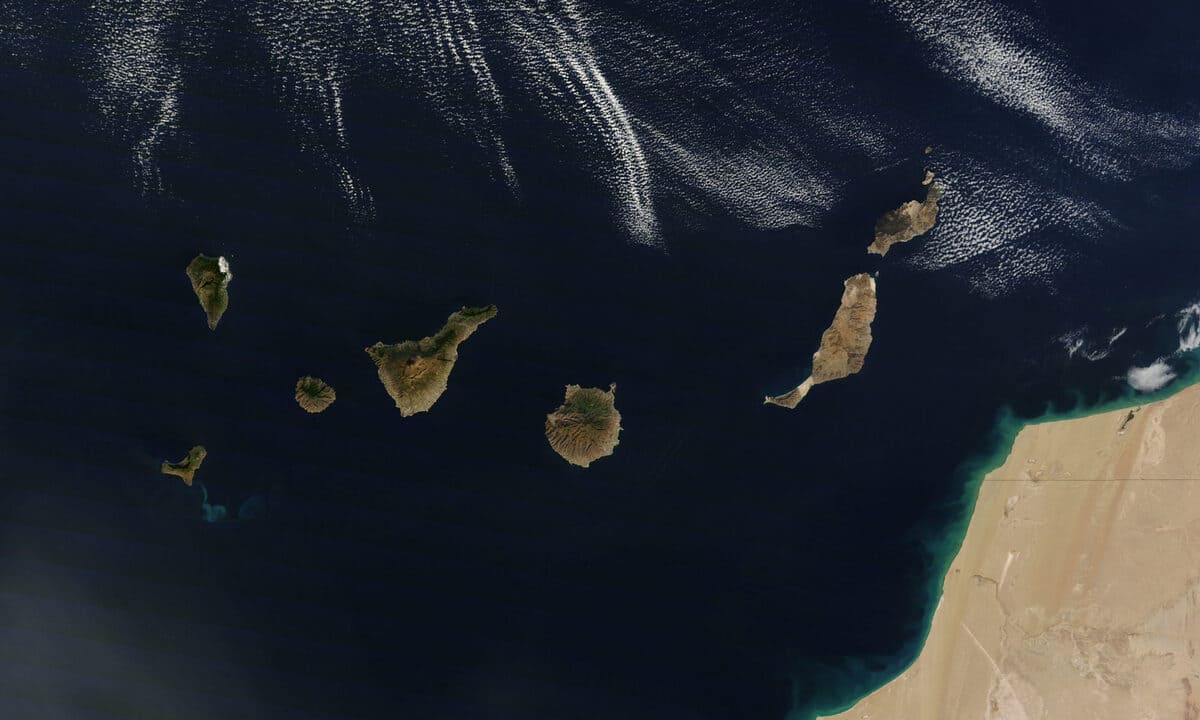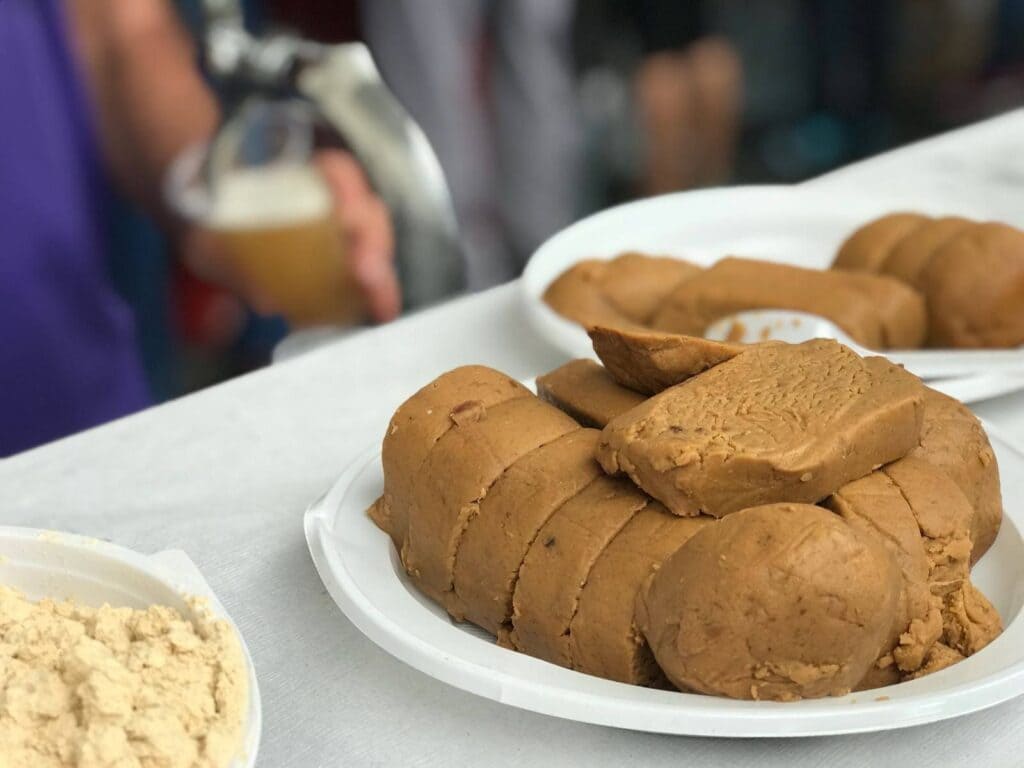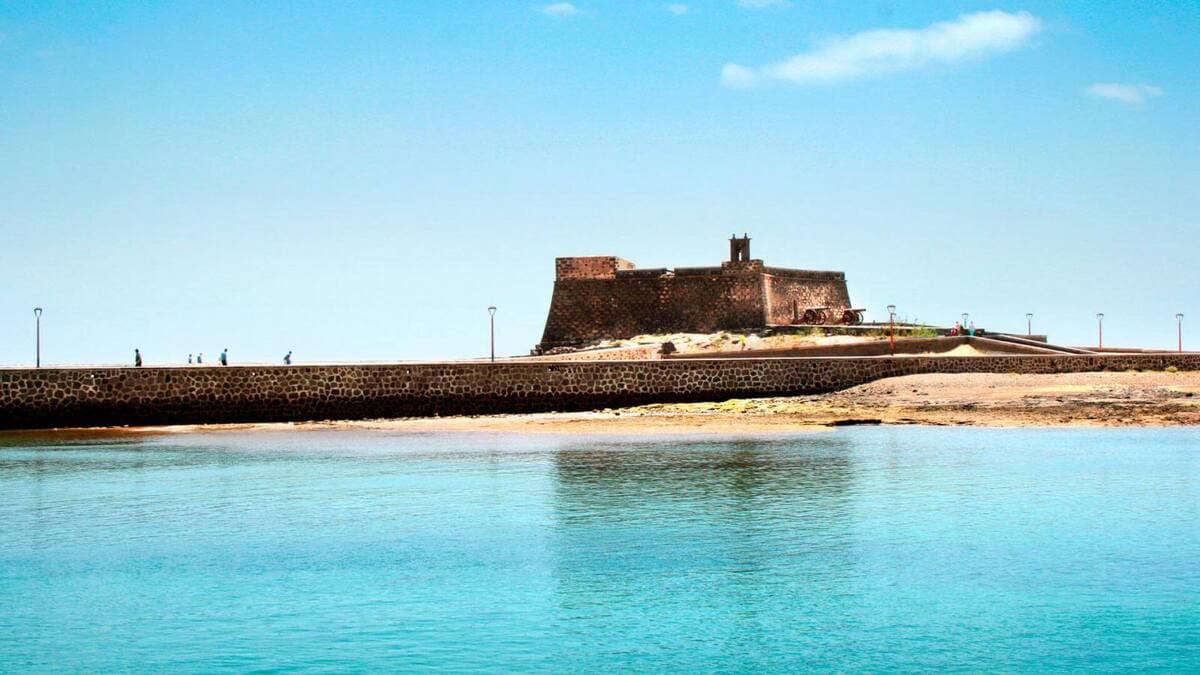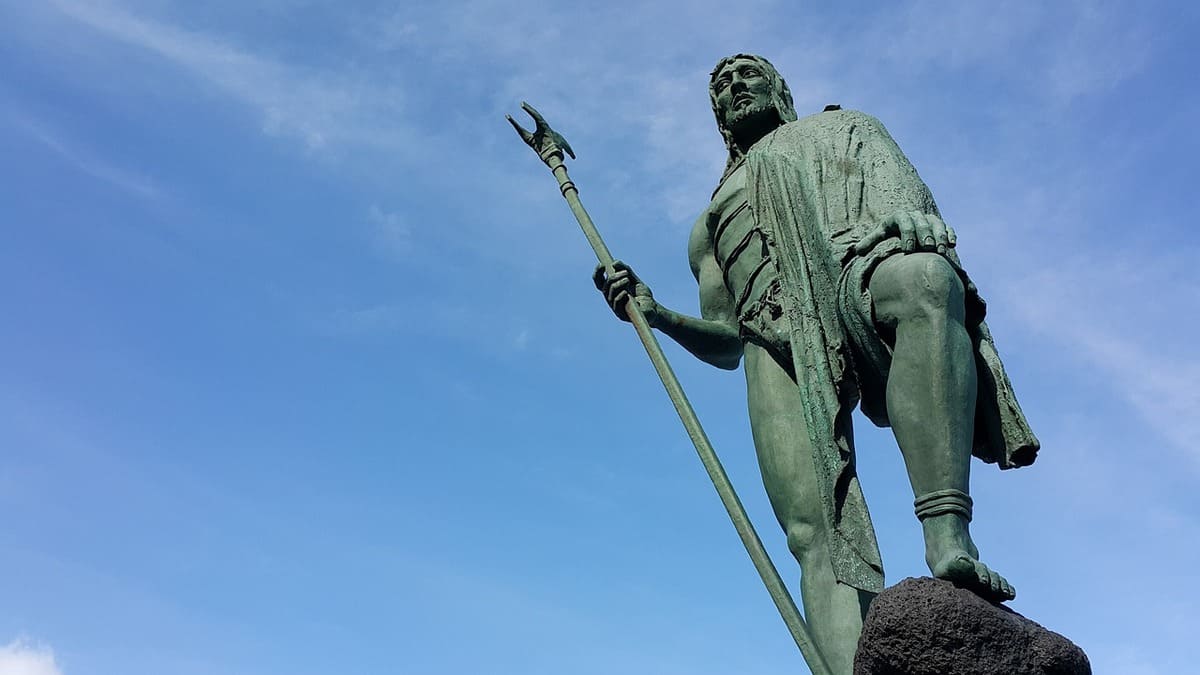The most widespread Canarian songs and dances that have spread throughout the archipelago are: the isas, the folías and the malagueñas. These were incorporated into the folklore of the islands around the 18th century. Other important typical Canarian dances are: the seguidillas, the mazurca, the arrorró and the challenge songs, as well as the dance of the vivo, the tajaraste or the sirinoque.
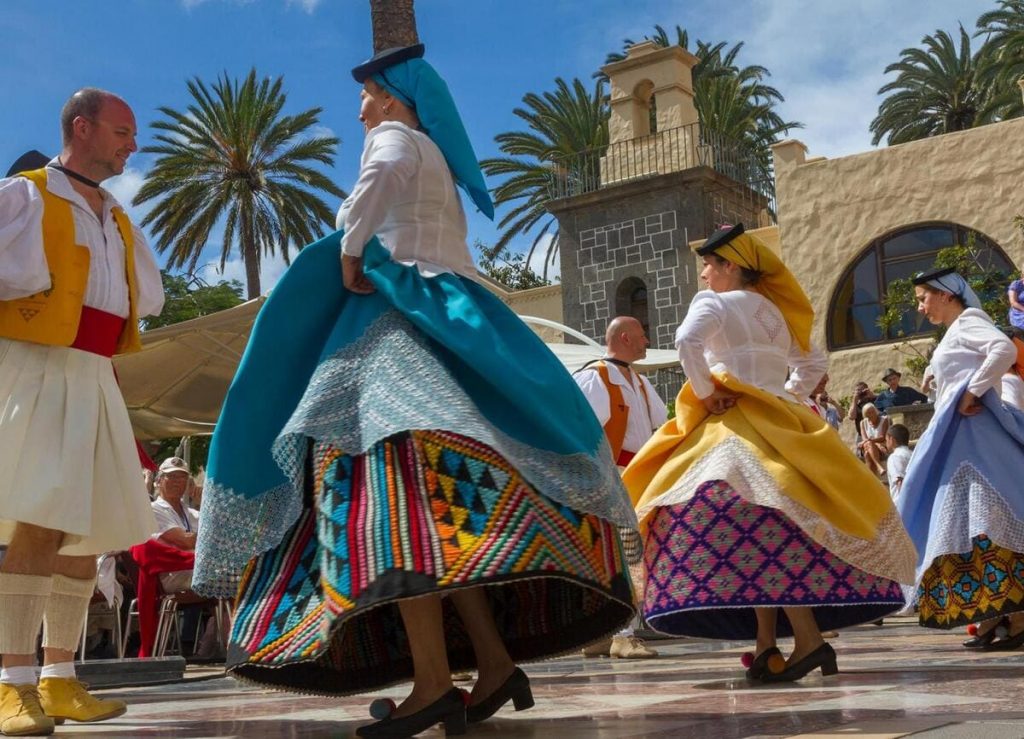
History of Canarian dances in the islands
All the cultures that have been in contact with the Canary Islands in the last centuries must be taken into account in order to understand the Canarian dances. All cultures have left their mark to a greater or lesser extent on Canarian folklore, from the first settlers before the conquest, to the Spanish and Portuguese during the conquest. The Caribbean culture brought by the Canarian emigrants on their return has also had a strong influence on the islands. The contribution of each one of them generated this first Canarian musical folklore, to which would later be added those of the Genoese, Jewish, Flemish and British traders, and above all, the transit of people between the Canary Islands and America.
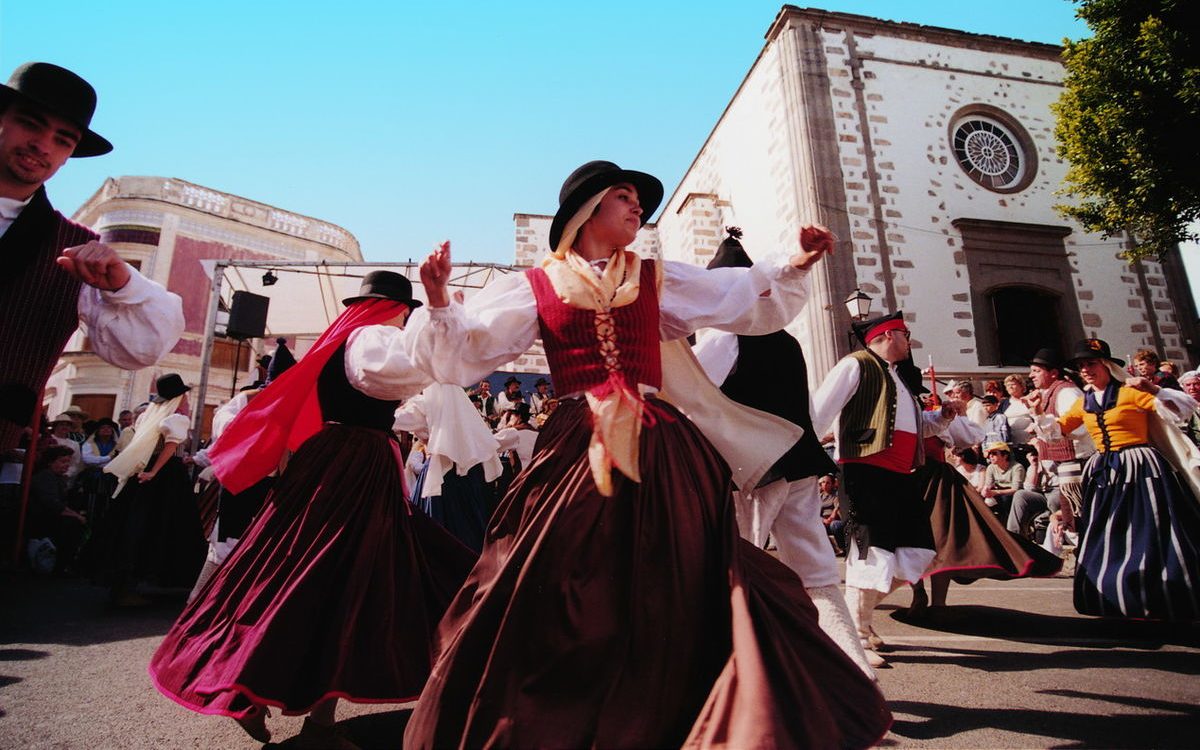
The most widespread Canarian dances
The isa, the most joyful dance of the Canary Islands
It is the most joyful and practiced dance of the islands. It is sung and danced in all the pilgrimages and stalls of the Archipelago. Its steps are simple, and there is even a type, the loose isa, which consists of a wheel in which couples are exchanged. It has in common the family from which the great group of "jotas" of the peninsula come from. The big difference between the isa canaria and the jota is that the isa is calmer and the dance predominates over the singing.
There are different varieties of isas such as the Fuerteventura isa corrida or the isa de salón. They are also distinguished according to the island: isa palmera, more elegant; isa tinerfeña, more ornate; isas majoreras and conejeras, with more personality due to isolation; and the isa of Gran Canaria, more abrupt. The varieties of La Gomera and El Hierro are clearly related to those of Tenerife.
The isa used to be danced loose, jumping, similar to the jota, while playing castanets. Or in pairs, as a waltz to form the corro, in which the man was on the left and everyone moved to the right. Nowadays, it has undergone many changes. The most remarkable thing is that corros are made and in them different bridges and figures.
Folia, the regional song par excellence
The folia is the regional song par excellence, older than the isas and the malagueñas. It was an ancient Portuguese dance that underwent variations in Andalusia in the sixteenth century, when the popular dances were adapted for the court, so it goes from being a Portuguese buffoonish dance to a more delicate one.
As for the music, it comes from what is known as Folía de España from the Renaissance, originating from the fandangos and its derivatives in the 18th century. In the 19th century it is established as a type of amorous dance that is danced in couples, but the man cannot touch the woman, they move facing each other with lateral displacements while chattering their fingers and making turns.
Malagueñas, the saddest, sweetest and most melancholic ones.
It is a sad, sweet, even melancholic song. The main themes are love and the mother. It could be said that it is the opposition to the isa in that the audience remains silent and shows respect to the performers. The malagueña is of Andalusian origin and familiar, like the folía, with the fandango, but sweeter and more modern.
The varieties of malagueñas are distinguished according to the island. The dance consists of groups of five or more couples that are positioned in circles, figures and tunnels, as in the isa. The man stands to the left, facing the woman, and with his back to the other couples.
Did you know that...
In the forties and fifties, a contest of traditional Canarian dances began to be held at the Pérez Galdós Theater, in Gran Canaria, where the municipalities of the island exhibited their choreographies. Innovation was rewarded, so although they were inspired by tradition, aesthetics were valued more than fidelity to the original dance, which led to a transformation of folk dances and to the fact that today there is a great variety depending on the municipality and the island.
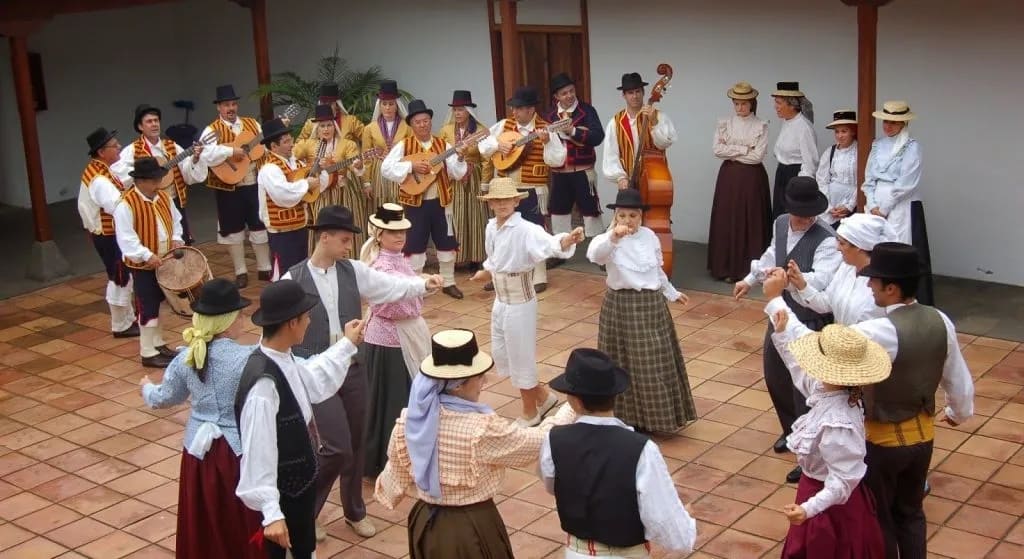
The Canary Islands is a land with a thousand things to see, explore and learn about. If you are interested in knowing more interesting facts about the Canary Islands, its culture and traditions, we leave you below the link to the section Culture and traditions.
Paula Vera
